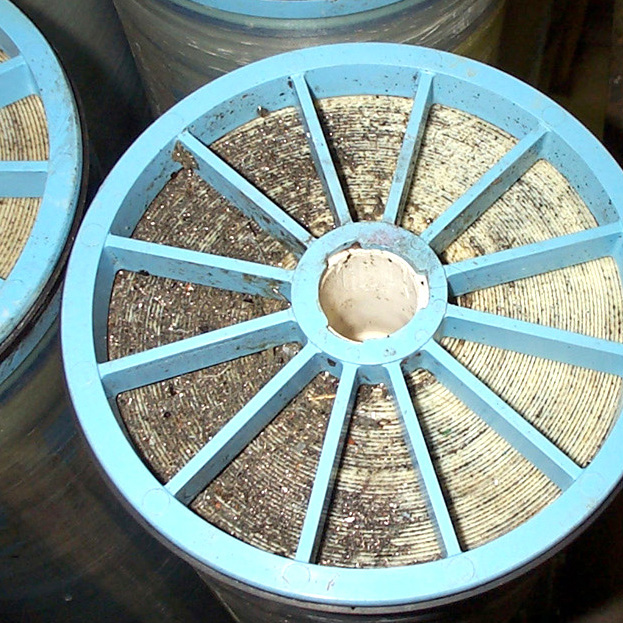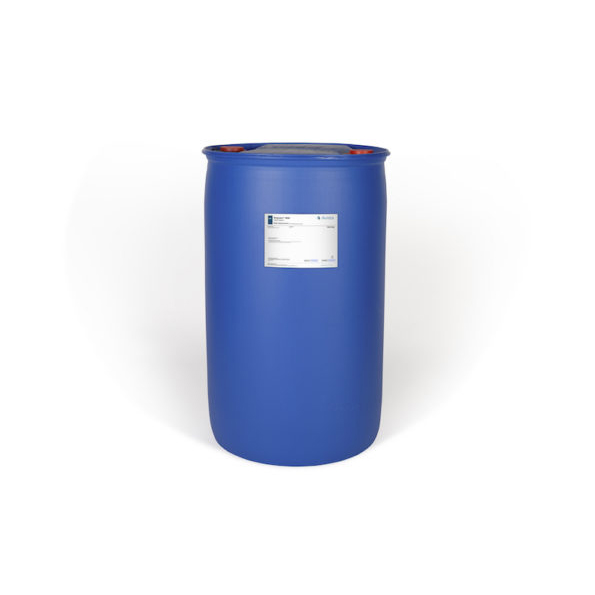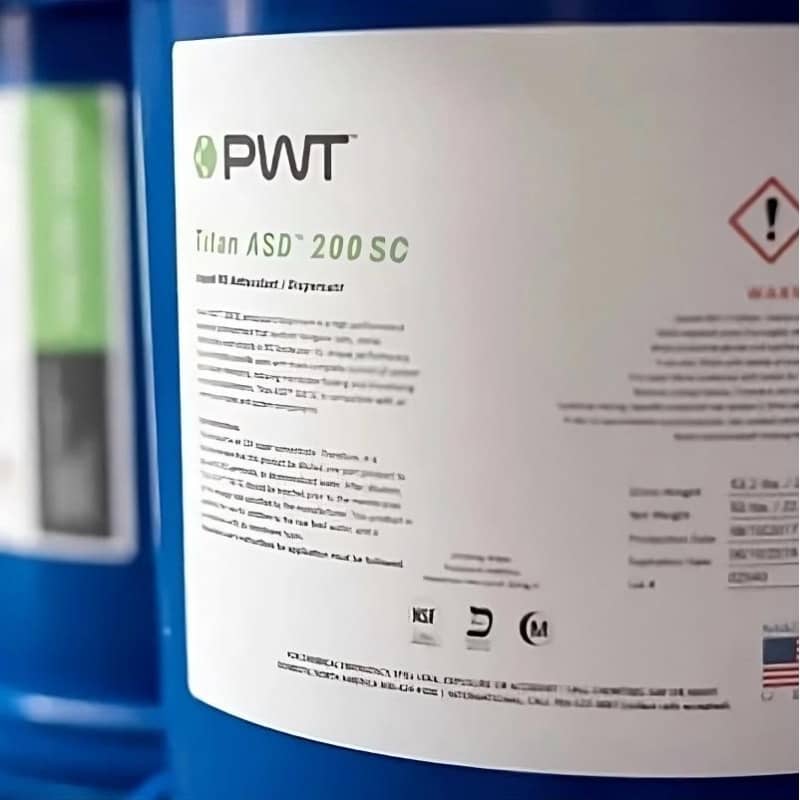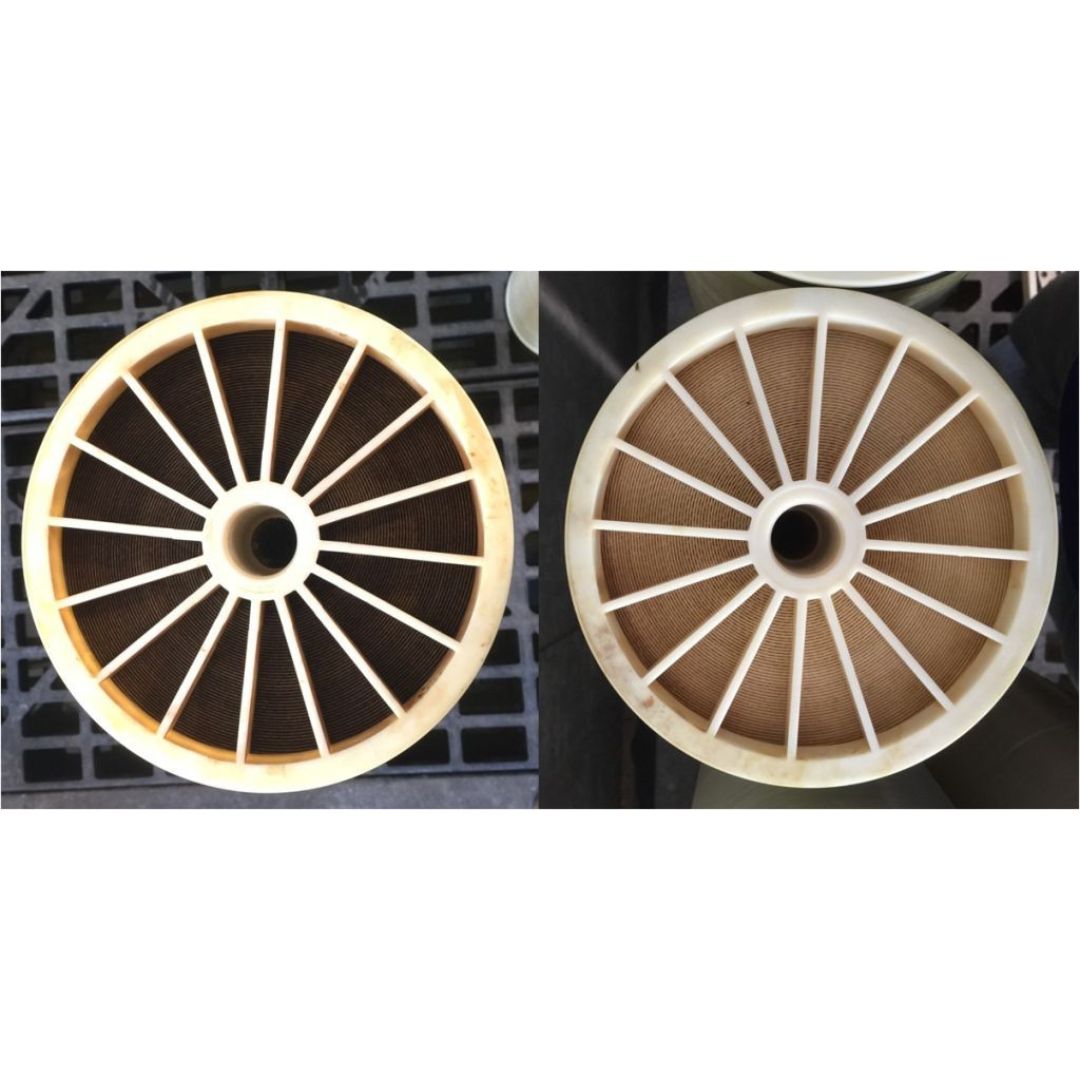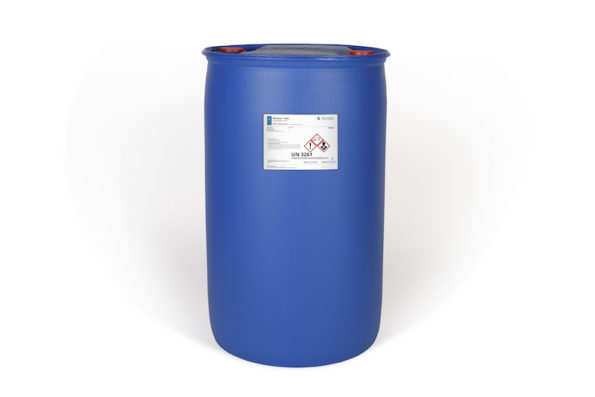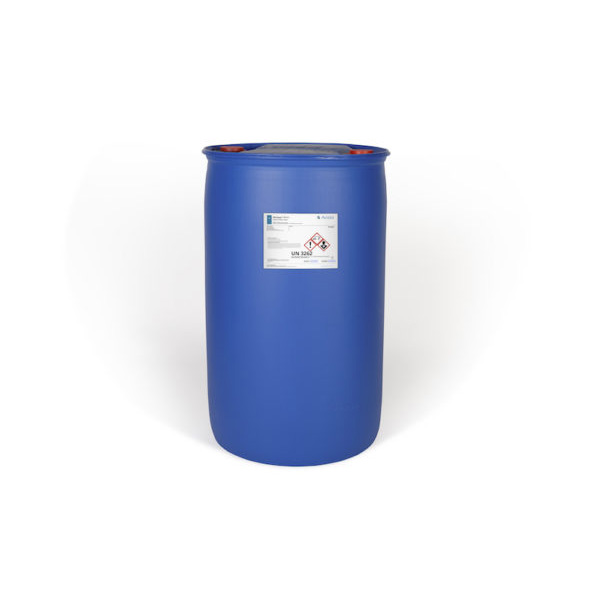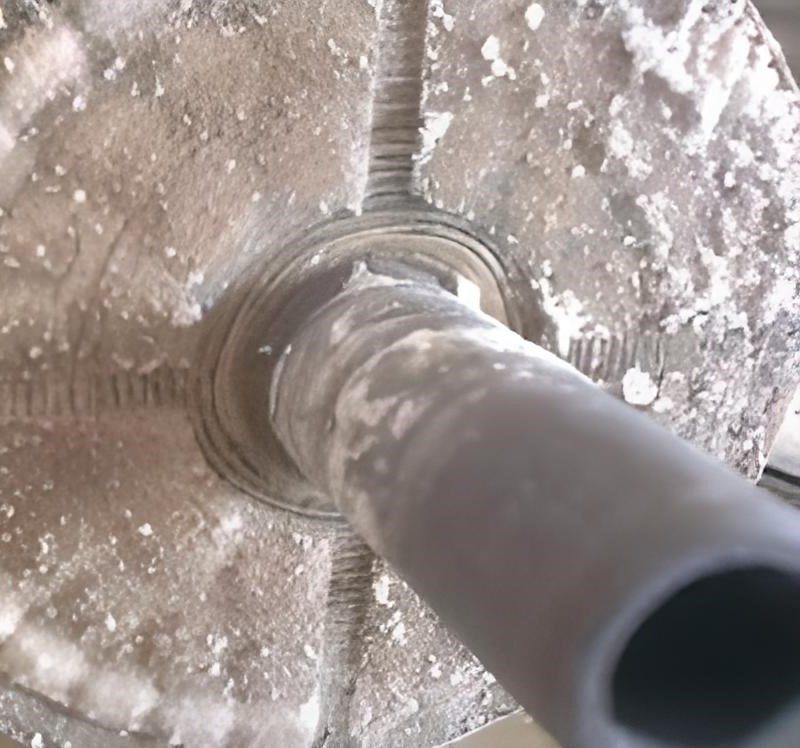What is demineralized water?
Demineralized water is water that is low in dissolved solids and has low electrical conductivity (measured in µS / cm). The ASTM D1193 Standard for Specification of Reagent Water (ASTM, American Society for Testing and Materials), classifies demineralized water as: “a water containing an electrical conductivity less than 5 µS / cm”. It is divided into four types:
Type of demineralized water |
Maximum permissible value of electrical conductivity (µS / cm) |
Typical application |
|
Type IV
|
5
|
|
|
Type III
|
1
|
|
|
Type II
|
0.5
|
|
|
Type I
|
0.055
|
|
Completely pure water is not a good electrical conductor, however in natural waters there are various dissolved solids that provide ions with positive charges (cations) and negative charges (anions), these ions present in water allow the passage of electricity through it.
The concentration of dissolved solids in the water and the electrical conductivity are directly proportional, this means that as the concentration of dissolved solids increases, the conductivity increases.
The following tables shows the most common cations and anions found in water.
|
Cations (+)
|
Anions (-)
|
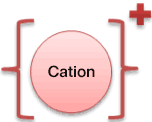 |
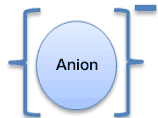 |
|
More common:
Others:
|
More common:
Others:
|
What systems do I need to demineralize the water?
There are different processes to obtain from demineralized water, in the industry you can find the following:
- Ion exchange
- Membrane filtration (Reverse osmosis RO)
- Distillation
- Electrodialysis
- Electrodeionization (EDI)
Demineralization by ion exchange resins.
The process of demineralization of water by ion exchange, consists of making it pass through a cationic resin bed (charged with H+ ions) and an anionic one (charged with OH- ions), or a single bed with both (mixed resin).
The resins are classified into four main groups, according to the united functional groups that are linked to their polymeric matrix:
- Strong acid cation (SAC)
- Weak acid cation (WAC)
- Strong basic anion (SBA)
- Weak basic anion (WBA)
The design of ion exchange system will depend on the water chemistry (a full anion and cation study is recommended), which determines the most effective resin combination for a demineralization system.
Demineralization by reverse osmosis (RO).
Reverse osmosis consists of passing water through a semi-permeable membrane at a high differential pressure (exceeding the osmotic pressure); so that the dissolved solids are concentrated on one side of the membrane (rejection) and water with a low concentration of these (product) on the other side.
The quality of the product water will depend on the feed and the specification of the salt rejection percentage of the membrane.
RO systems allow the design of different configurations, either to obtain a better product water quality, to increase the production volume or to reduce the rejection volume.
Demineralization by distillation.
Demineralization by distillation is the chemical and biological purification of water through thermal vaporization and its condensation.
Water distillation systems do not require too many controls on the feed water; however, special care must be taken with impurity carry-over and variations in condensate quality.
Electrodialysis demineralization.
Electrodialysis is a purification process in which water is made to flow through ion-selective cation and anion membranes, placed alternately, in a chamber called a battery or accumulator, which provides an electrical current for the flow of the ions through the membranes. The ions are transported from a diluted solution to a concentrated solution.
Electrodeionization demineralization (EDI).
The electrodeionization systems (EDI) use a combination of resins, ion-selective membranes and electric charges for obtain water with a high degree of purity (up to 18.2 MΩ/cm) and which is also in continuous regeneration.
It consists of passing the water through resin chambers delimited by ion-selective membranes. The resin acts as a conductor allowing the electric current to displace the anions and cations captured in the resin, which are concentrated and expelled from the system in the rejection flow. At the same time, the electrical current separates the water into hydrogen (H+) and hydroxyl (OH–) ions that allow the continuous regeneration of the resin without the use of regenerating chemicals.
Comparte:
Necesitas más información, escríbenos.
Algunos productos que te pueden interesar
-
RoClean L211 cleaning of membranes with organic matter fouling
Add to quote -
RoQuest 3000 Organic Liquid Coagulant from Avista
Add to quote -
Titan Antifouling for Reverse Osmosis Membranes
Select options -
RoClean P112 Membrane Cleaner for Silica SiO2
Add to quote -
RoClean P303 Calcium Carbonate & Metal Scale Cleaner
Add to quote -
RoClean P111 Biofouling RO Membrane Cleaner
Add to quote -
RoClean L403 Calcium Carbonate and Metal Scale Cleaner by Avista
Add to quote -
RoQuest 4000 Liquid Coagulant for Organic Matter Avista
Add to quote


